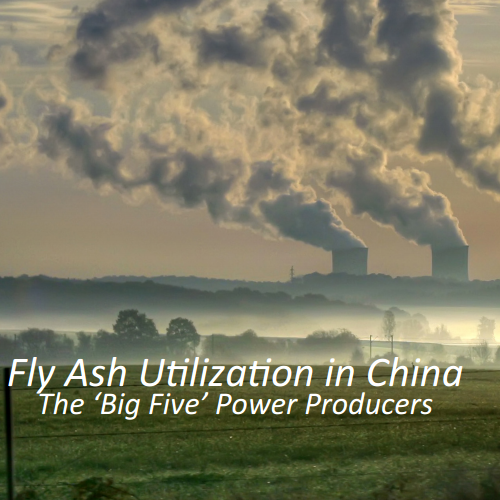Monumental Merger Pending for China’s Huadian
/- China
Two of China’s largest state owned electricity producers are currently awaiting state approval for one of the country’s largest utilities mergers in history. China Datang Corp. and China Huadian Corp. stand to form the largest power generator by capacity. Shares for both companies rose as news hit from inside sources at the beginning of the month. Datang’s listed unit Datang International Power Generation Co. rose as much as 5.6% on the Hong Kong stock exchange. Huadian subsidiary Huadian Power International Corp. added as much as 2.2%. China Datang Corp. Renewable Power Co. and Huadian Fuxin Energy Corp. both advanced 2%(Click below to check up on stock progression).
The China State Council will now decide if the merger will move forward and be finalized.
“To see this merger go through will be in line with current objectives China has to stay competitive globally by consolidating publicly owned enterprises within the same industry,” Amy Wu, Director at the Institute for Information Technology for the Building Materials Industry, and AsianCAA’s secretary general, in Beijing. “Many industries are moving towards getting rid of excess capacity, since the economic turmoil of 2015. Law makers are also pursuing legislation which lowers China’s dependence on coal, and focuses more on sustainable energy”.
The current largest generator in the world position belongs to China Energy Investment Corp, another State owned enterprise. The Datang-Huadian merger would stand to surpass the CEICs capacity by almost 60 gigawatts. The multi billion dollar deal will place Datang Huadian approximately 50 billion ahead of China’s current power generation powerhouse.
For now the companies, and the government, are keeping very hush, providing no comment on progress or status of the deal.
Click Below for Stock Info:
Datang International Power Generation Co.
Huadian Power International Corp.














